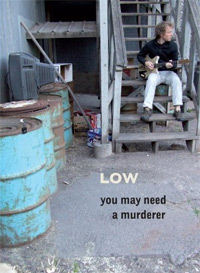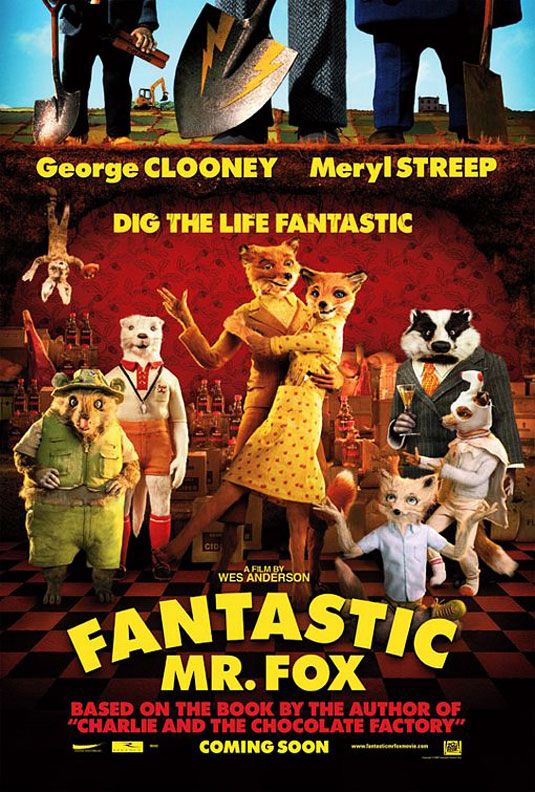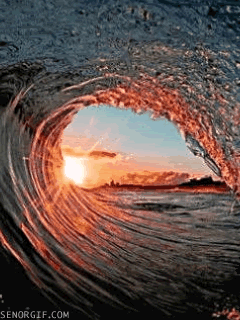
Originally filmed for Dutch television, this doc explores Alan Sparhawk and his wife Mimi Park (of the band, Low) at home in Duluth, MN. While it does feature live performances, the doc is more interested in Sparhawk's faith, and really how his day-to-day interaction is with his family. While its weird to see Sparhawk jogging and going to church, I think the most revelatory point here is that Sparhawk's faith plays an important part in how he writes music and deals with his drug addiction, and recent breakdown. One of the most eerie scenes was when Sparhawk talks about whether he would kill for God. Odd, but shapes really where Sparhawk's mindspace is at. When asked how his music is connected to God, Alan sneers and thinks about it for moment before saying something to the effect of "Jesus didn't just spend time in temples". An apt response, since one of his earlier diatribes was about America and how its crumbling. All in all, it led me to greater appreciate and understand Sparhawk's motivations in his music. If you're a Low fan, its a must-watch along with "Live In Europe".

As with any Criterion, the viewer must ask why the film in question is included with such lofty, and heavily-regarded films. If you take Downhill Racer at its face value, it becomes a head-scratcher inclusion. However, the accompanying documentary of the disc sheds some light on the fact that this film planted the idea in Redford's head to create Sundance Film Festival. He reasoned that if he was having problems making, and exhibiting a film that challenged cinema-goers then obviously others were as well. Is this enough to warrant an inclusion into possibly the most well-regarded collection of films ever made? Perhaps not. It is an interesting film and whenever you place Redford and Hackman on screen you are sure to receive top-notch performances. Also, placing this film in the wonder years of the late-60s, early-70s cinema, you see that while not as heralded as Easy Rider or Midnight Cowboy, this film certainly contains the same bravado filmmaking that was starting to emerge and change the face of film.













.gif)






